donny1963
No longer a newbie, moving up!
- Joined
- Dec 15, 2015
- Messages
- 372
- Reaction score
- 30
- Can others edit my Photos
- Photos NOT OK to edit
Lightroom is not the best software for cloning things out, but I imported the file to LR and cloned it out with two clicks. When I first got LR, after having had PS for 15 years, I felt pretty frustrated with the way Lightroom's clone tool worked, but I've since then become more comfortable using it for cloning out objectionable things, like sensor dust blobs, but also stray hairs, pores, pimples, and rough skin patches. I LIKE the easy way LR allows me to re-size the brush I'm using for doing my cloning.
By the way light room is mainly for re-touching / post production, it has a tool you can use to remove spots and stuff like that, but it's horrible to remove objects or major editing like that, it can be done but why bust your cookies like that when you can do it much faster and easier with Photoshop, each software has it's place and area, and light room is not one of them for that type of editing.
it's mainly for like what it says light room , what you would do in a photo lab, ie, fixing exposures, color balance, editing blacks and whites and color saturation and even lens manipulation.
I shoot some green screen portraits and fashion shoots and use that to create backgrounds i took separately, like if some one would like a portrait of there children in background maybe christmas pictures, or what ever, or even models i taken and really don't have the means to bring them there and later put them in backgrounds i done. That is where photoshop comes in. or if i took a picture out in the city and want to remove annoying objects in it like a lamp post or what ever i use photoshop. or created stuff like these images i'm posting.
they are a couple other very good ones i done but can't post it here because it has nudity in it..


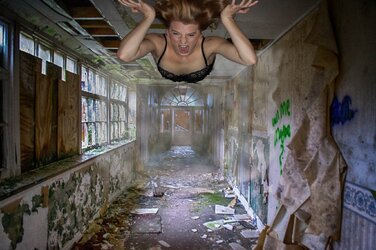
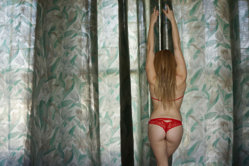
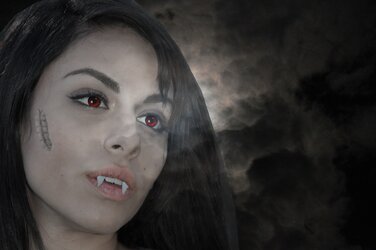

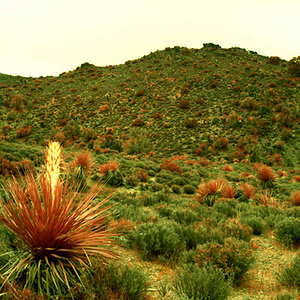
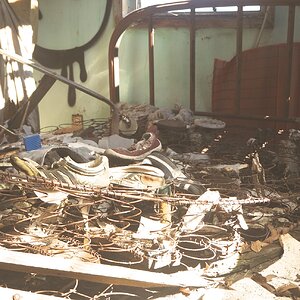

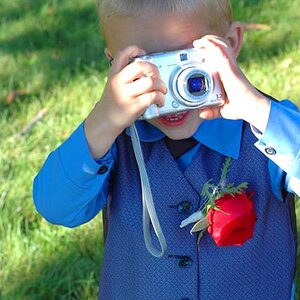
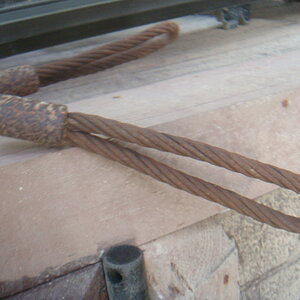
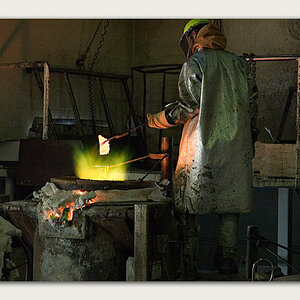


![[No title]](/data/xfmg/thumbnail/31/31086-ae0d6678ca78859132ce5375d5300961.jpg?1619734602)


